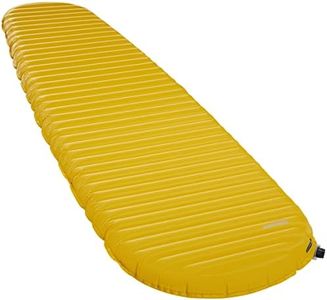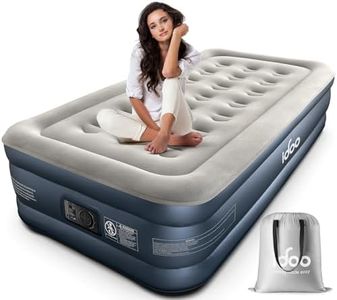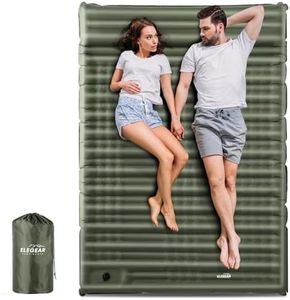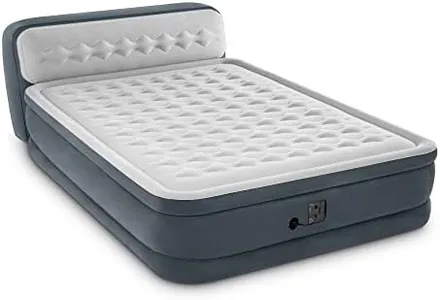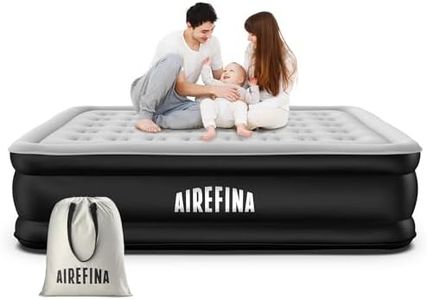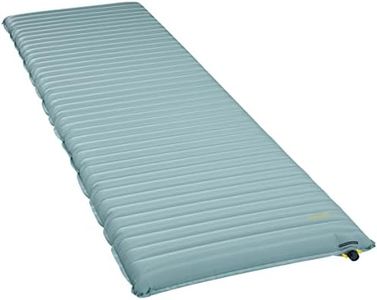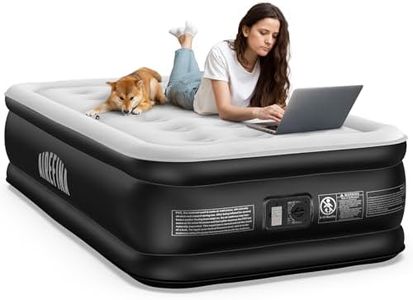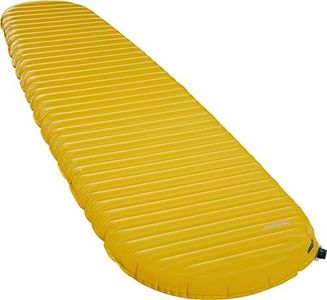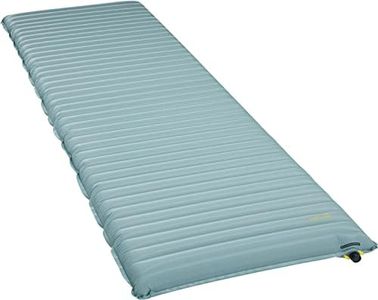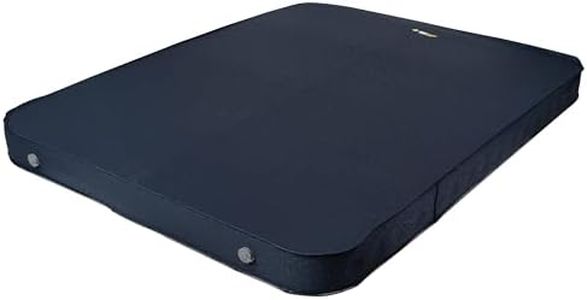We Use CookiesWe use cookies to enhance the security, performance,
functionality and for analytical and promotional activities. By continuing to browse this site you
are agreeing to our privacy policy
10 Best Camping Air Beds
From leading brands and best sellers available on the web.Buying Guide for the Best Camping Air Beds
Choosing a camping air bed can make a big difference to your outdoor sleeping experience. The right air bed should be comfortable, easy to inflate and deflate, durable enough for different camping conditions, and appropriate for the number of people using it. To pick the best fit, it's important to understand the various features and how they align with your needs, such as whether you'll be car camping or backpacking, if you need more space, or if weight and portability are your priorities.Size and CapacitySize and capacity refer to the dimensions of the air bed and how many people it can support. This is important because it affects how much space you'll have to sleep and whether it fits inside your tent. Air beds usually come in standard sizes such as single, twin, full, or queen. Singles and twins are more compact and lightweight, good for solo campers or tight tent spaces. Full and queen sizes provide more room and are suitable for couples or those who prefer extra space, but they take up more room in the tent and may be heavier to carry. Your group size and tent dimensions should be the main guide in choosing the right size.
Thickness and ComfortThe thickness of a camping air bed affects both comfort and insulation from the cold ground. Thinner models are lighter and pack smaller, making them a good choice for backpackers or those who carry their gear. Thicker air beds offer a more cushioned feel, better mimic a mattress at home, and provide more warmth, which is useful for car camping or longer stays. Decide how much comfort and insulation you need, and if you prefer sleeping higher off the ground, go for a thicker option.
Inflation MethodInflation method describes how the bed is filled with air—this can be done by mouth, foot, hand pump, battery-operated pump, or built-in electric pump. Manual methods are more portable and don't require power but can be more effort, making them good for remote camping. Electric or battery pumps make inflation quick and easy, but they add weight and may need power sources. Choose based on your access to electricity, desire for convenience, and how far you'll have to carry your gear.
Material and DurabilityThe material and durability of an air bed determine how well it withstands rough surfaces, punctures, and different weather conditions. Common materials include PVC, TPU, or other plastics, often with flocked tops for comfort. Thicker materials and reinforced seams resist punctures but may add weight. If you're camping in rocky or rugged areas, look for more durable materials. If you're mostly indoors, at festivals, or in well-kept campgrounds, lighter options may work.
Packability and WeightPackability and weight affect how easy the air bed is to transport and store. Lighter, smaller-packing models are ideal for backpackers or those with limited space. Heavier and bulkier air beds work for car campers who don't need to carry their gear very far. Think about how you'll be traveling and how much weight you're willing to carry, using this as your main decision point.
Air Retention and StabilityAir retention refers to how well the air bed holds air overnight, and stability is about how much it moves or bounces when you shift. Beds with better air retention mean less need for top-ups during the night, making for a better sleep. Some have internal coils or chambers for better weight distribution and stability. If you tend to move around while sleeping or are sharing the bed, prioritize models known for stability and good air retention.
